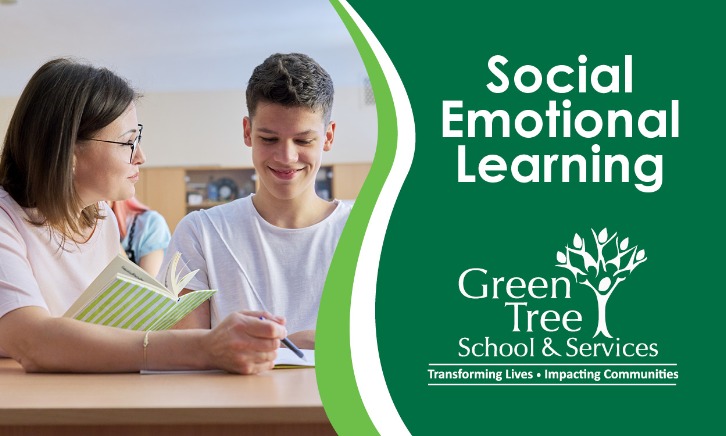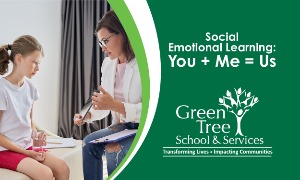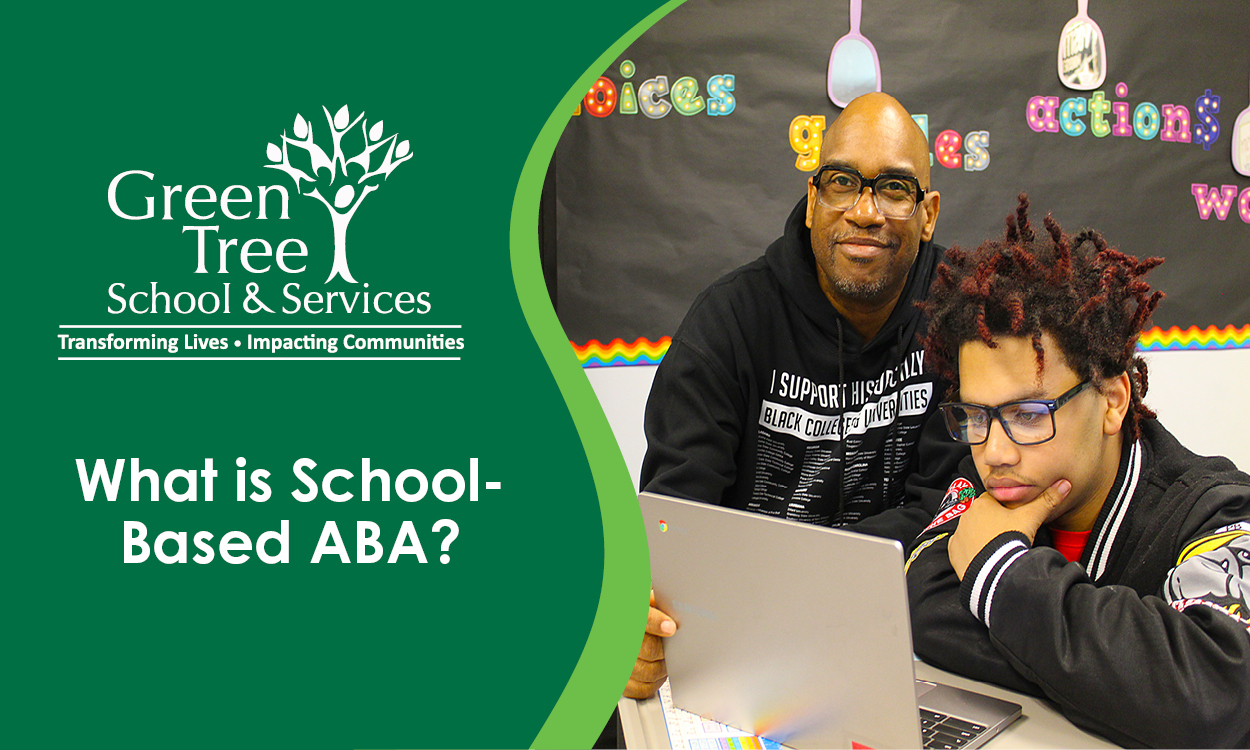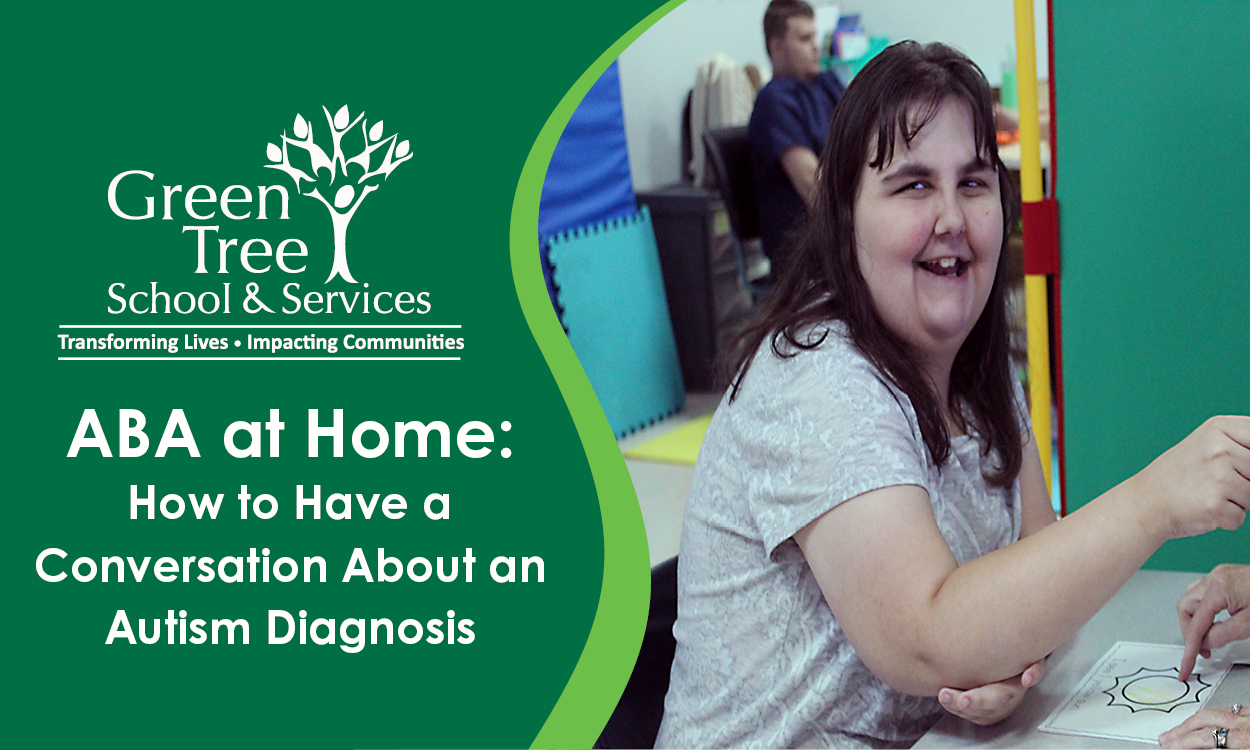Social Emotional Learning in School and at Home
Posted: July 26, 2021 | Written By: Jamie Myers | Category: Social-Emotional learning

By Jamie Myers, M. Ed.
School Services Director, New Story Schools Monroeville
Social and Emotional Learning (SEL) is a practice through which children acquire and effectively apply the knowledge, attitudes and skills necessary to understand and manage emotions. More specifically, it allows children to manage emotions, set and achieve positive goals, feel and show empathy for others, establish and maintain positive relationships, and make responsible decisions.
Why is Social Emotional Learning Important?
- Recognizing and Managing Emotions
- Your child can identify and use appropriate social skills and self-regulation tools to assist with managing emotions.
- Developing Care and Concern for Others
- Your child is not only able to identify their own emotions, but can begin to understand others’ emotions and how to respond appropriately.
- Establishing Positive Relationships
- Your child will start to build rapport with peers and adults by engaging in appropriate social skills.
- Managing Difficult Situations and Making Responsible Decisions
- Your child will begin to identify when to use coping skills such as taking a break, going for a walk, or counting to 10 while taking deep breaths.
- Enhancing Skills Acquisition and Performance
- Your child is provided with opportunities throughout the day to practice these skills. The more they practice, the more likely they will engage in appropriate social skills.
- Reducing and Eliminating Competing Problem Behaviors
- Your child is reinforced for engaging in appropriate social skills. Therefore, it is less likely that they will engage in problem behaviors to gain access to reinforcement.
What You Can do at Home to Incorporate Social Emotional Learning?
You can reinforce a multitude of social skills and implement social emotional learning naturally throughout the day- and even better news: you probably already area! This can be as simple as exploring a movie or TV show character’s feelings. (For example: “Elsa seems sad, why do you think she is upset?”) You can also turn daily life occurrences into teaching situations. See the below example on how to guide your child through being frustrated with their video game.
- Tell – Tell your child what social skill you would like them to use. For example, if your child becomes frustrated with their video game and begins to yell and stomp their feet, you can say, “It seems like you’re upset. Can we take a break from the game for a minute?”
- Show – Model examples and non-examples of the targeted social skill so that your child can see what the skill looks like when it is performed appropriately. Non-example: yelling and stomping their feet. Example: “I am frustrated, I need to take a break.” You can also model walking away from the game and going to get a drink of water to allow for a break.
- Do – Ask your child to “do” or rehearse the targeted skill. For example, say, “Can you show me what you should do when you are frustrated with your game?”
- Review – Deliver feedback and praise to your child for appropriately engaging in the targeted social skill. For example, say, “I love how you practiced taking a break from your game. You can do that anytime you get frustrated.”
This is a simple model you can implement at home to practice daily social skills and enhance your child’s social emotional learning opportunities.
Want to be notified of new articles and resources from Green Tree Schools? Click here to submit your email and opt into our newsletter.









